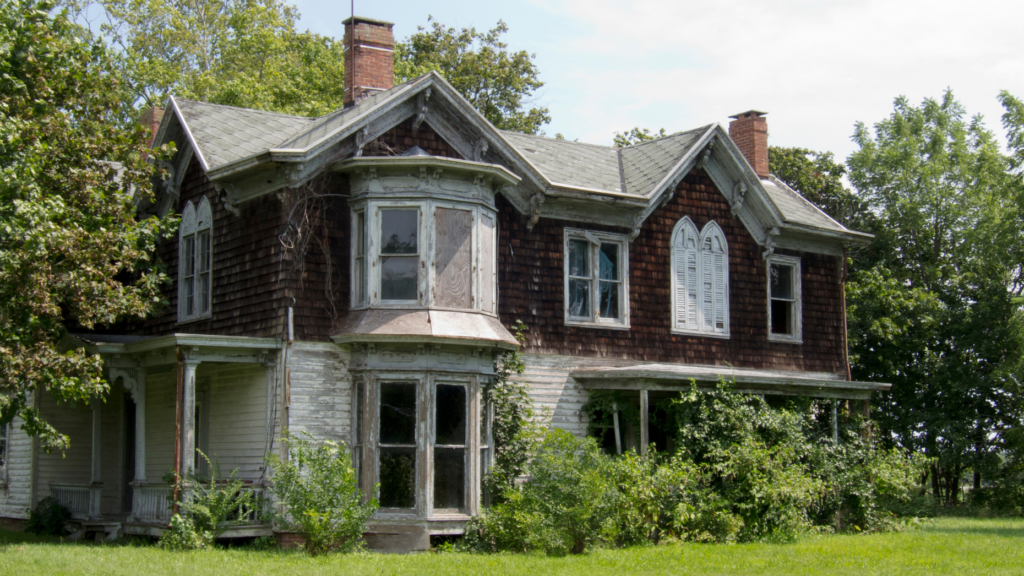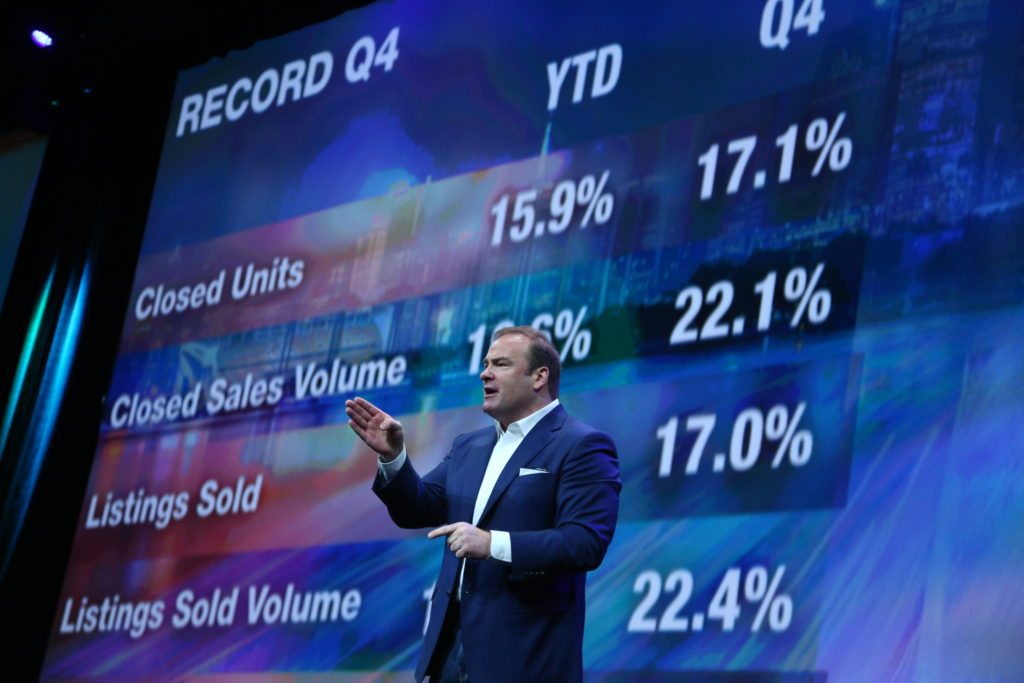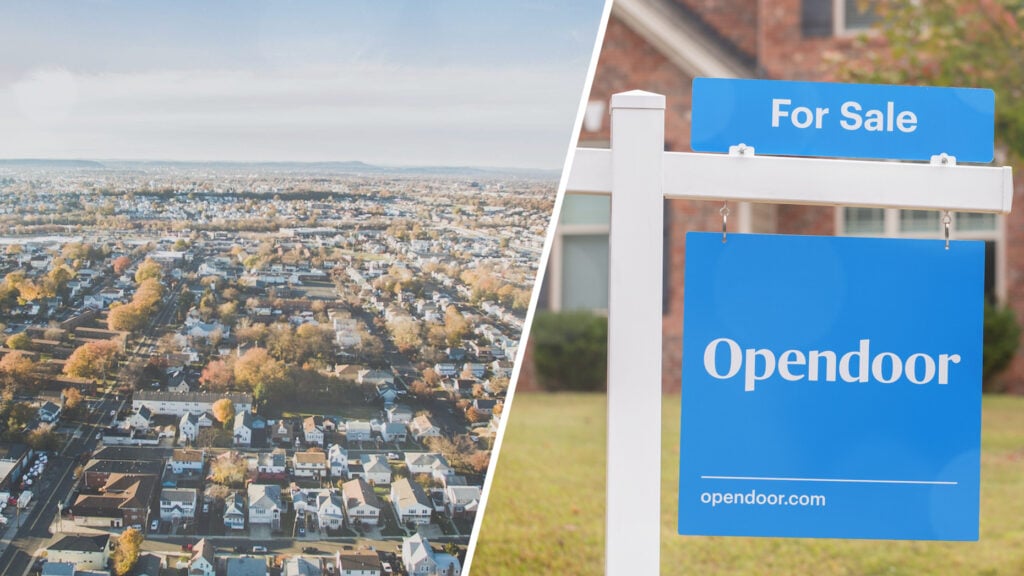While the numbers remain below historical levels, “it’s not going to be a surprise when we see the foreclosure numbers starting to rise,” according to Daren Blomquist, vice president of market economics at Auction.com.
Foreclosures are continuing to climb from historic lows, giving investors and independent homebuyers a chance to pick up affordable homes and turn a profit after renovation and resale.
“We are going to be continuing to see these numbers rise in the coming months,” said Daren Blomquist, vice president of market economics at Auction.com, a marketplace for distressed properties.
Blomquist shared a market update last week at an event hosted by Attom Data Solutions that showed the extent of the increase in distressed properties after federal intervention and a hot residential market in recent years.
Sellers of the distressed properties aren’t necessarily losing out. Historically high prices have given homeowners high equity in their homes. Homeowners cashed out more equity in 2021 than at any time since 2005.
Foreclosure activity remains historically low and still well below the pre-pandemic era. But there are some indications that the pipeline is building.
More distress of late
Foreclosure activity peaked at 2.87 million in 2010 before beginning a steady descent to a record-low 151,153 in 2021.
As of Feb. 22, 2022, there were 345,000 properties that were delinquent or in foreclosure but not in a loss mitigation program.
That’s a jump of about 55 percent from July 2021, before the federal government’s moratorium on mortgage foreclosures expired.
“These are the high risk loans,” Blomquist said. “A lot of them unfortunately are going to make their way to foreclosure.”
That could open the door to more inventory for investors.
“It’s a relatively small number here, somewhere from 345,000 to 500,000 really high risk loans…but it’s a growing number,” Blomquist said. “It’s something to keep our eyes on. And it’s not going to be a surprise when we see the foreclosure numbers starting to rise.”
Where are foreclosures rising?
A few states that have a large volume of foreclosures also saw scheduled foreclosures in April approach pre-pandemic levels.
Scheduled foreclosure auctions rose to 65 percent of pre-pandemic levels in April in Georgia, 63 percent in Texas and 56 percent in Virginia.
Other high-volume states like California, Florida and Illinois remained near a third their pre-pandemic levels.
States with the lowest foreclosure auction volume compared to before the pandemic included Utah (8 percent), New Hampshire (9 percent) and Oregon (14 percent).
A portion of homes that make it to foreclosure or are sold at auction are purchased by investors who may have an advantage amid quickly rising mortgage rates.
In 2019 and 2020, the Midwest offered the best average return on investment of homes that were bought out of foreclosure, rehabilitated and resold, the data show. Investors in the region earned 108 percent on their original investment (which doesn’t account for rehab costs).
In the West, where the cost of foreclosure homes was highest, investors earned an average gross flip return on investment of 51.8 percent, the lowest return in the country.
Activity is still historically low
There were nearly 1 million foreclosures brought to auction in 2010. That’s compared to 205,000 foreclosures in 2019 and 84,000 in 2020.
Far fewer distressed sales have been sold in recent years, giving investors less of an opportunity to add to their property portfolio.
“The forbearance program was incredibly successful,” Blomquist said. “Those are folks that have been removed from forbearance or have exited forbearance and are still delinquent but aren’t under some sort of loss mitigation program.”
While foreclosure starts in January were up 176 percent compared to a year ago, they remain 39 percent below pre-pandemic levels from February 2020.
Completed foreclosures reached a pandemic high in January but also remain 59 percent lower than January 2020. Foreclosure auctions reached pandemic highs in March and scheduled auctions remained about flat moving into April.
The number is expected to rise, though forecasters gave two separate scenarios.
They expect a slow and steady increase if prices remain stable, leveling out in 2027 at around 225,000 foreclosures. Activity will climb more quickly if there’s a home price correction, though it won’t climb nearly as quickly as the spike from 2006-2010.
Either scenario would leave foreclosure activity well below Great Recession levels.
Email Taylor Anderson



 Are You Interested in West Eleventh Residences Miami?
Are You Interested in West Eleventh Residences Miami? Are You Interested in ONE Park Tower by Turnberry?
Are You Interested in ONE Park Tower by Turnberry? Are You Interested in Diesel Wynwood Condominium?
Are You Interested in Diesel Wynwood Condominium? Are You Interested in Five Park Miami Beach?
Are You Interested in Five Park Miami Beach? Are You Interested in Cipriani Residences Miami?
Are You Interested in Cipriani Residences Miami? Are You Interested in Bentley Residences Miami?
Are You Interested in Bentley Residences Miami? Are You Interested in Baccarat Residences Brickell?
Are You Interested in Baccarat Residences Brickell? Are You Interested in Aria Reserve Miami?
Are You Interested in Aria Reserve Miami? Are You Interested in 888 Brickell Dolce & Gabbana | Miami?
Are You Interested in 888 Brickell Dolce & Gabbana | Miami? Are You Interested in 600 Miami WorldCenter?
Are You Interested in 600 Miami WorldCenter? Are You Interested in HUB MIAMI RESIDENCES?
Are You Interested in HUB MIAMI RESIDENCES? Are You Interested in WALDORF ASTORIA RESIDENCES?
Are You Interested in WALDORF ASTORIA RESIDENCES?